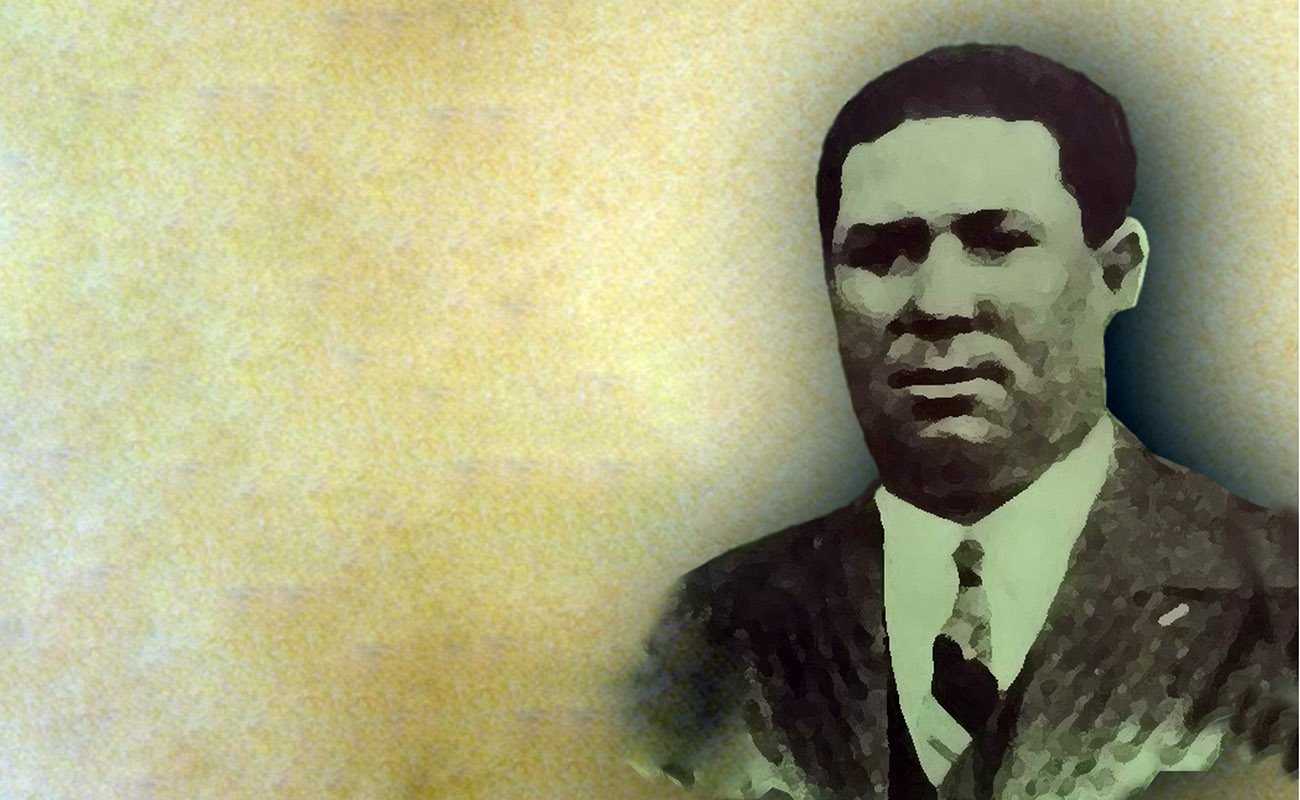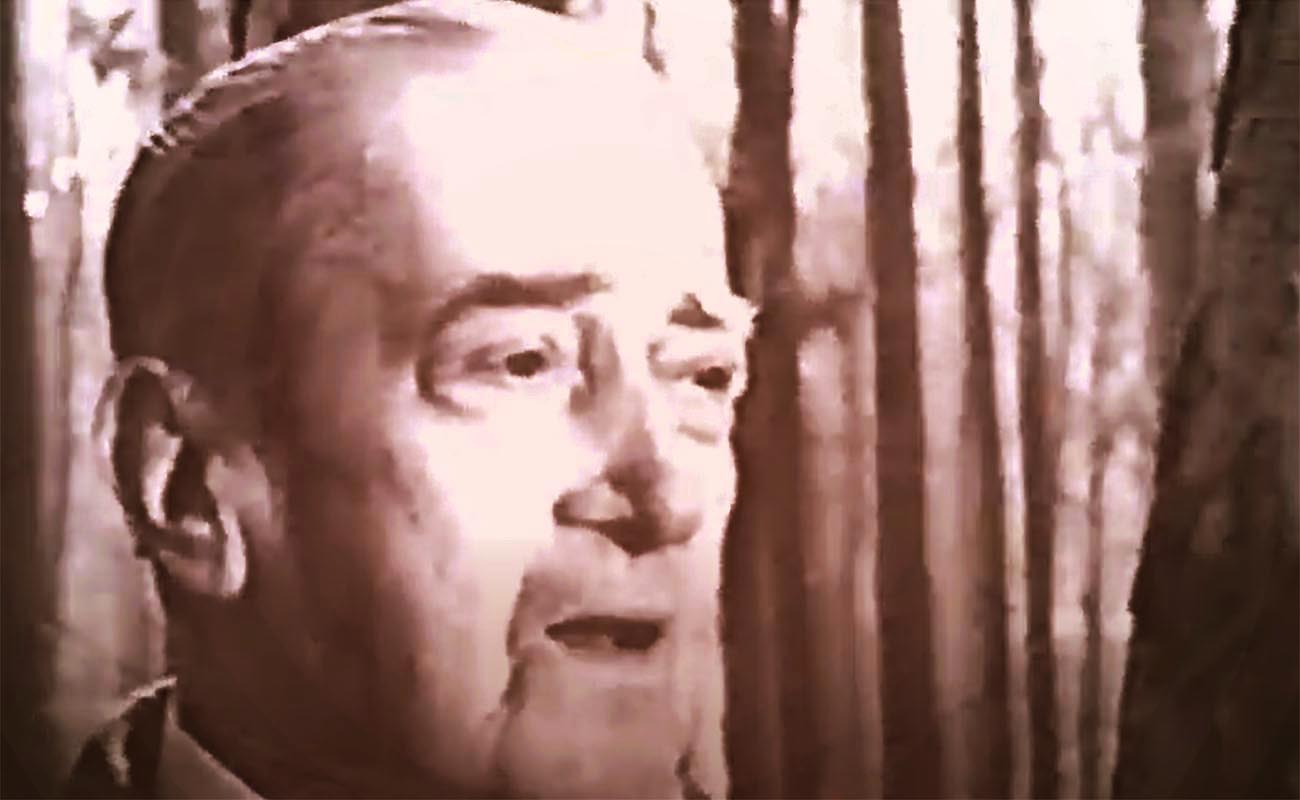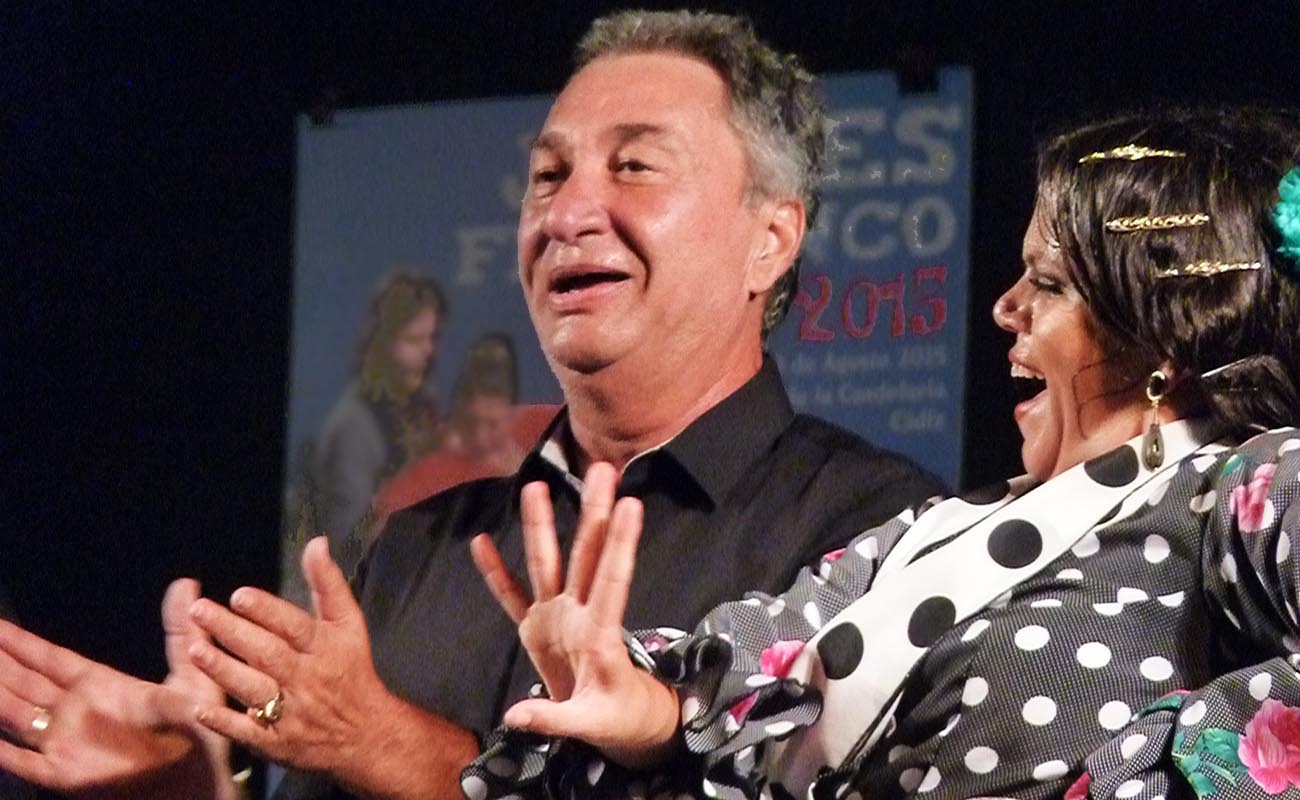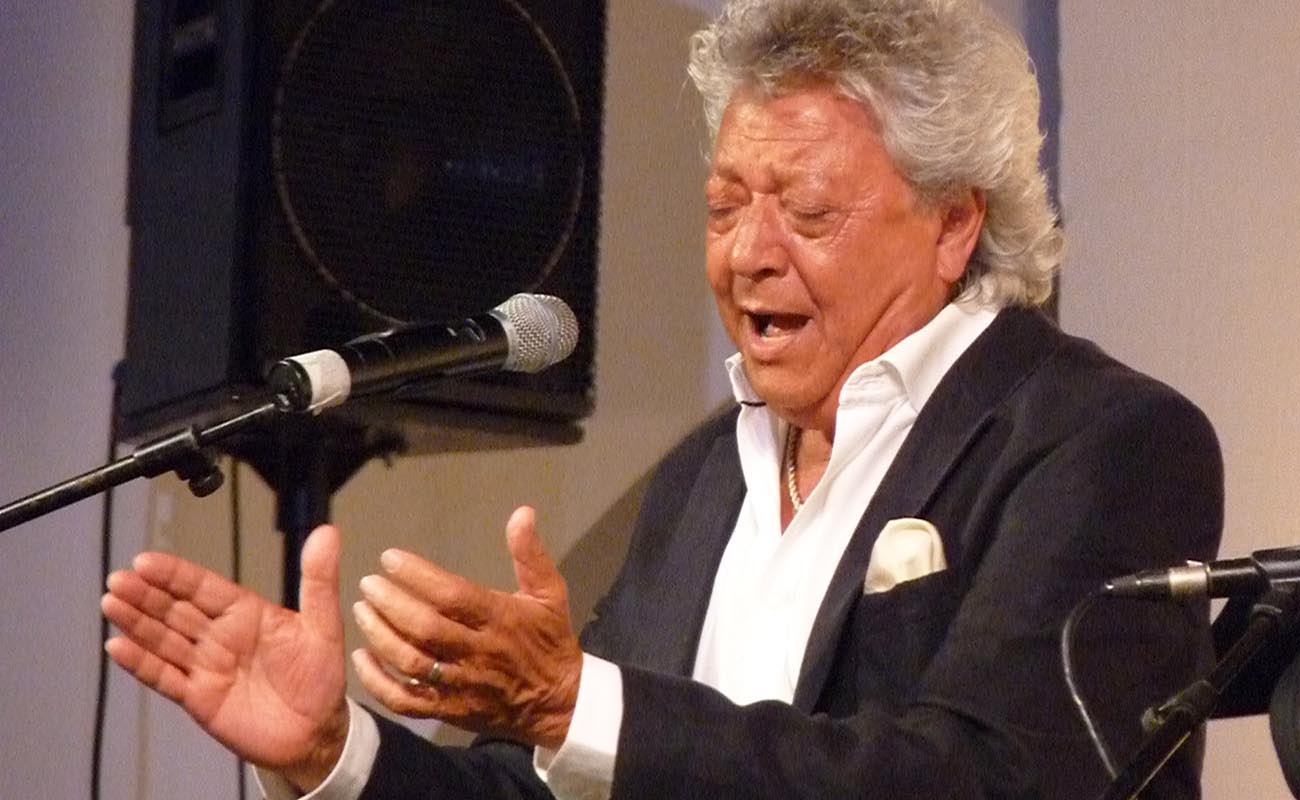Niño Gloria in Seville
Rafael Ramos Antúnez 'El Gloria' was a key element in the settling of flamenco artists from Jerez in Seville, creating a school of saetas, bulerías and fandangos that still exist. It is not easy to sing in the style of El Gloria, but great masters such as Naranjito, Mairena and Camarón succeeded in emulating him.

Rafael Ramos Antúnez El Gloria was one of the greatest cantaores from Jerez, but perhaps has never been honored in his hometown as much he deserved. He died in Seville, in the most abject poverty, on February 11th, 1954, on 9 Divina Pastora Street (formerly known as Alcalá Street), which happens to be the birthplace of the great bailaor Lamparilla, son of another famous bailaor from Seville, Antonio el Pintor. Shortly before his death, El Gloria just managed to make a living selling snacks in the La Feria, San Juan de la Palma and Alameda de Hércules districts of Seville. It was an unfair end for someone who had been idolized in Seville for his singing of saetas, fandangos and bulerías.
El Gloria used to go fishing with Tomás Pavón and Pepe Torres and occasionally would be seen having a drink with La Moreno de Jerez at café La Europa, Las Siete Puertas or Las Maravillas. Nowadays, when walking by the San Lorenzo Square or by La Campana Street in Seville, I can almost hear his voice coming from a balcony on Sierpes Street, cheered by Niña de los Peines, Paco Mazaco and Manolo Caracol. Oh, those stellar saetas of Niño Gloria! The poet Joaquín Romero Murube would say that Gloria seemed to melt the iron bars of his balcony with his tight grasp, when singing saetas during the processions of Macarena or Gran Poder.
This master from Jerez arrived in Seville in the 1910s, joined by his mother and two sisters, Luisa La Pompi and Manuela La Sorda, both great artists in their own right, particularly Luisa, another great cantaora who has almost been forgotten in Seville. Manuela was not as famous, but it is said that she also sang saetas like his brother, although she was more eccentric. She even rivaled La Finito and Mazaco in saetas, but unlike her siblings, she greatly missed Jerez, and would go back to her hometown often.
Being a nephew of cantaor Francisco Fernández Ramos, Tío Cabezas, Niño Gloria was born in Jerez on April 27, 1893, on Nueva Street (Santiago district). He learned his trade as flamenco cantaor in the same way as many other artists from Jerez: in family reunions, in the country fields and in neighborhood parties. He never planned to become an artist, perhaps because he knew how most flamenco artists of his day ended up: poor and forgotten. He was a good field laborer, much in demand in the lands around Jerez and El Cuervo, and he would only sing for his friends. But he caused an uproar whenever he sang villancicos or bulerías, and that encouraged him to try his luck in Seville, where soon after arriving he started performing at La Vinícola or El Pasaje Sevillano together with stars such as Manuel Torres, — also from Jerez — Manuel’s son Tomás, guitarist Manolo de Huelva and bailaora La Malena.
«It’s not possible to have the same duende in the morning and at night, or while feeling hungry and while not feeling hungry» (Niño Gloria)
Regarding his personality, Rafael was reportedly good-natured, cheerful and formal. He had some strange personal theories about cante. One day someone asked him about rhythm (compás), and he replied that it was like riding a horse without hurting your bum. “It’s all about coordination”, he said. About duende, he said that it was like a mood. “It’s not possible to have the same duende in the morning and at night, or while feeling hungry and while not feeling hungry”. Quite a character.
Reportedly he sang for dancing (“para bailar”) like no other, and that is why bailaora La Argentinita hired him for her iconic show Las calles de Cádiz, without a doubt by recommendation of one of his greatest admirers, the bullfighter Ignacio Sánchez Mejías. El Gloria was much sought-after by the best bailaoras of his time, due to his sense of rhythm and his piercing voice. He was “just fire”, in the words of bailaora La Macarrona.
Rafael was a key element in the settling of flamenco artists from Jerez in Seville, creating as school of saetas, bulerías and fandangos that still exist. It is not easy to sing in the style of El Gloria, but great masters such as Naranjito, Mairena and Camarón have succeeded in emulating him in palos such as fandangos, saetas and bulerías — both the “corta” and the “para escuchá” varieties.
Translated by P. Young




